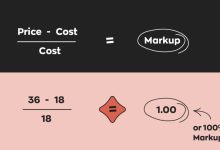①. What Is Cloaking?
In the world of replica e-commerce and cross-border marketing, one term you’ll often come across is “cloaking.” While it literally means “a cloak” or “cover,” in the digital marketing space, cloaking refers to a powerful ad delivery technique — and it has nothing to do with fashion.
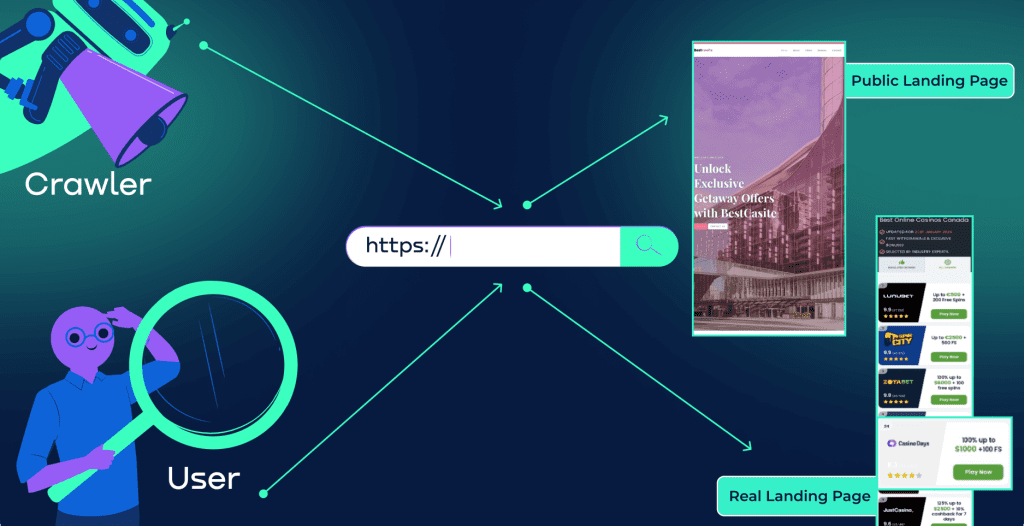
So what exactly does cloaking have to do with replica websites or the so-called “black niche” industries (such as weight loss supplements, height enhancement products, male performance boosters, certain beauty or medical items, etc.)?
Here’s the reality:
Major ad networks like Facebook, Google, Yahoo, Bing, TikTok, and others have strict policies that completely block replica goods and restricted product categories. These platforms enforce high-level content filtering and automatic detection. The moment a violation is detected, the ad account is instantly suspended or permanently banned.
And yet — you still see these types of ads running on mainstream platforms.
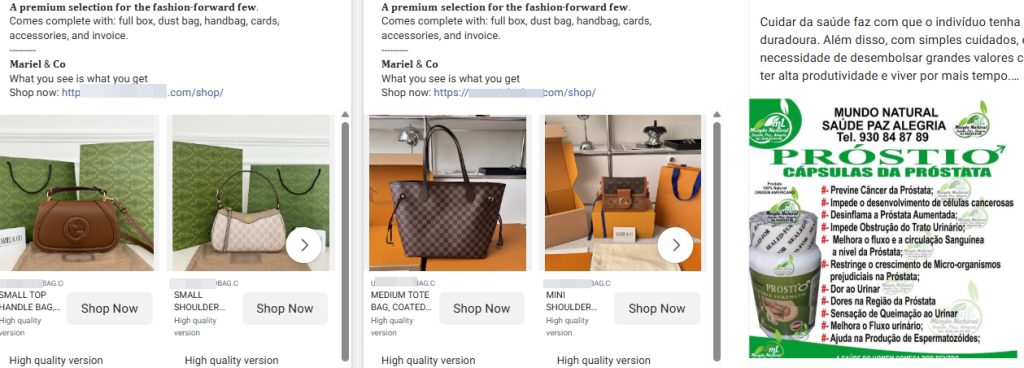
How is that possible? Is this some kind of advanced “black-hat hack”? Not exactly.
The answer lies in cloaking.
②. Application Scenarios
In addition to replica products and the “black five” categories, cloaking is also widely used in many other areas — such as fake service ads, part-time job promotions, and other content that violates standard advertising policies.
It’s not limited to Facebook ads either. Cloaking is commonly applied across various platforms and ad formats, including mobile ads on Instagram, impression-based campaigns on VK, and ad objectives like PPE (Post Engagement) and WC (Website Clicks).
For example, many product ads like the ones shown below also make use of cloaking techniques to bypass ad review systems and ensure delivery to their target audience.
③. The Effectiveness of Cloaking
First and foremost, remember this: Cloaking is not a magic solution.
Its main function is to maximize the chances of ad approval and help campaigns run longer — but it is not a 100% foolproof shield.
Cloaking techniques can help extend the lifespan of your ad accounts, especially when promoting replica or restricted products. However, account bans are still inevitable in the long run.
It’s important to understand that cloaking only assists with getting your ads past the initial review. It cannot prevent the eventual consequences. Once your campaign starts performing well — generating consistent traffic, conversions, and revenue — there’s a high chance it will trigger manual review. And when that happens, the ad account is likely to be shut down.
④. Why Use Cloaking If Account Bans Are Unavoidable?
Given that bans are inevitable, you might wonder: Why use cloaking at all?
Here’s the answer — in the replica or black niche industries, there is often a well-structured ad funnel in place. If your media buying skills are solid, you can drive significant traffic and revenue before the account gets banned. In many cases, marketers already profit — sometimes massively — before a takedown occurs.
And when an ad account goes down? No problem.
-
A fresh Business Manager (BM) account might cost only a few dozen dollars.
-
A “black” aged account may go for as little as $5.
-
Once banned, you simply switch accounts and launch again.
This cycle — launching, scaling, profiting, then replacing — forms the core of the cloaking-based monetization model.
The reality is: bans depend on both probability and luck. Sometimes an account dies within hours. Other times, a campaign might run smoothly for a month. The length of survival depends largely on your ad optimization strategies and how well you balance risk and performance.
Ultimately, your goal is to control and maximize your ROI (Return on Investment) before the inevitable shutdown.
⑤ .How Cloaking Works
Once cloaking is deployed on an own e-commerce site, you can begin by creating a cloaking campaign within the tool. Each campaign typically includes two core components:
-
A Safe Page (also known as a white page)
-
A Target Page (often called the money page)
The target page is where your actual offer lives — such as a replica product or a restricted-category item. The safe page is a clean, policy-compliant page designed to pass platform ad reviews.
Here’s how the cloaking mechanism works:
-
Traffic Detection
When a visitor clicks on your ad link, the cloaking system immediately captures the visitor’s HTTP header data, including:-
IP address and location
-
Device type
-
Browser fingerprint
-
Language and time zone
-
Referrer and user-agent strings
-
-
Traffic Filtering & Analysis
The tool then analyzes this data in real time, using various rulesets and filters to determine whether the visitor is a legitimate user or a bot/platform reviewer. -
Decision Logic
Based on that analysis, the system makes a decision:-
If the traffic is flagged as safe, it is shown the target (money) page.
-
If the traffic appears to come from a reviewer, crawler, or flagged source, it is redirected to the safe (white) page.
-
This automated process ensures that platform moderators, bots, or compliance teams only ever see clean, approved content, while your real audience is taken directly to the converting offer.
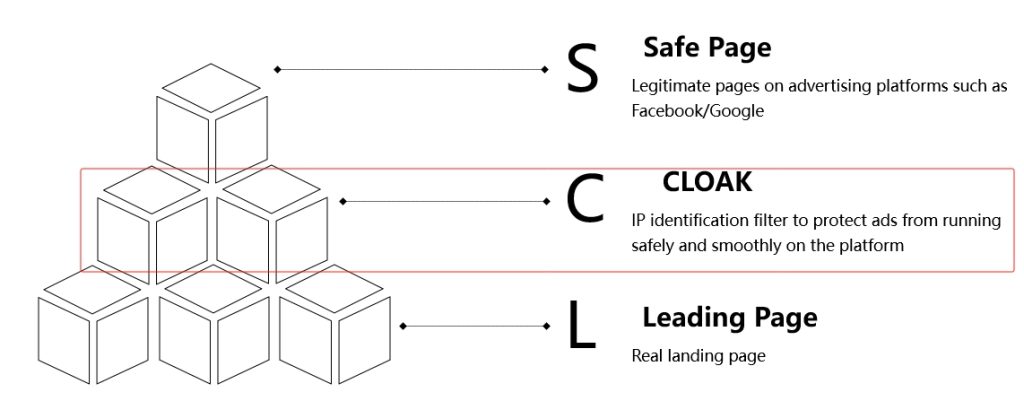
You can think of cloaking as a kind of filtering funnel — or simply, a traffic filter. Its core function is to screen incoming visitors, distinguishing between real users and platform crawlers or review bots, based on factors like IP address, device type, and behavioral signals.

In other words, it’s closely related to what I previously described in earlier posts as “identification and redirection” — recognizing who the visitor is, and then guiding them to the appropriate page accordingly.
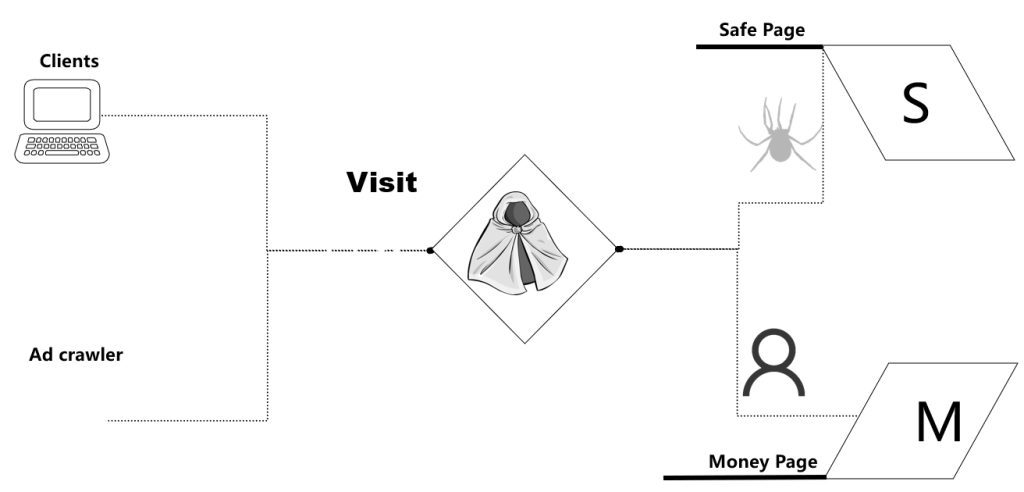
A series of filtering rules can be fully configured within the cloaking campaign, allowing you to specify exactly which visitors to filter out. Implementing these rules typically requires integrating with third-party cloaking service APIs.
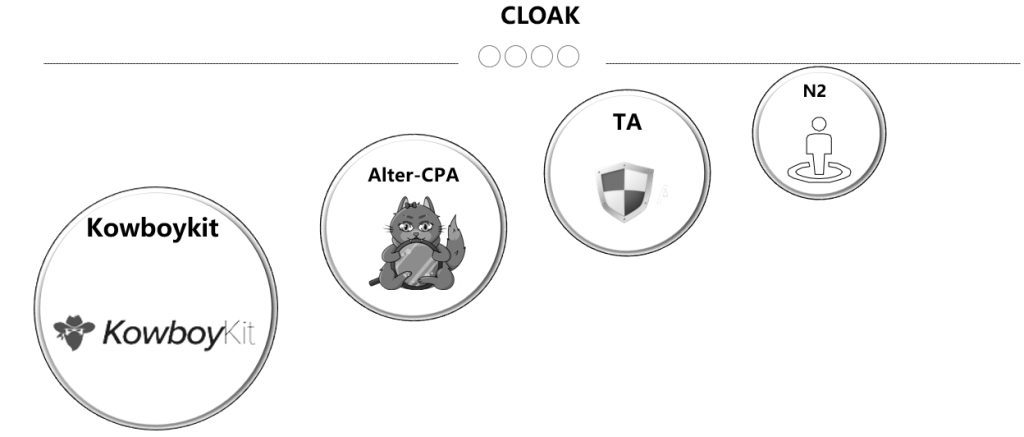
The most widely used third-party cloaking services in the industry are primarily based in Europe, the US, or Russia — examples include TA Cloak and Russian Cloak. Essentially, the core operation of cloaking boils down to a page redirection decision process.
⑥. Common Types of Cloaking Services
There are many cloaking providers both domestically and internationally — easily over a hundred. However, truly good or even acceptable cloaking services are very rare. Many tend to overpromise and underdeliver, especially in US. There is basically no decent domestic cloak available; most are low quality, expensive, have poor approval rates, and high account ban rates. Experienced marketers generally avoid using US cloaks altogether.
Here are some recommended overseas cloaking companies:
A. Traffic Armor
TrafficArmor is considered a relatively reliable cloaking system. It supports three deployment modes: JS, PHP, and Hybrid, along with four different redirect modes.
Its pricing is based on the number of requests, which can be quite expensive. Monthly fees range from $129 to $599. If your site has decent traffic, you will likely need the most expensive plan. Also, registering on this platform requires an invitation.
B. NoIPFraud.com
NoIPFraud is a well-known cloaking provider with powerful algorithms. However, the price is high: a $500 registration fee, with monthly plans starting at $197 and going up to $997. The lowest tier is usually insufficient for serious campaigns.
C. FraudFilter
FraudFilter is a Hong Kong-based provider charging $199 per month with no limits on the number of ads created. This is enough for most users. However, their cloaking software is not very stable. It works well for Southeast Asia and some European markets but struggles to pass ad reviews in the US or Canada. Overall, it is not highly recommended for North American campaigns.
D. Others
There are many other cloaking services mentioned online, but since I haven’t used them personally, I won’t comment on their quality. For technical requirements and deployment methods, refer to the official guides of third-party cloaking providers.
Here are a few more examples of popular cloaks with their price ranges:
-
JustCloakIt: From $399 to $1,999 per month
-
LinksCloaking: From $110 to $180 per month
-
CloakOK: From $299 to $999 per month
Important Reminder
When deploying and integrating cloaking solutions, the choice of invocation method and redirect logic is crucial. Poor implementation can make your ads easily detectable, which defeats the purpose of cloaking.
There is a saying in the industry:
“If you misuse cloaking, your accounts will get banned repeatedly.”
That is all.
 Custom E-commerce Solutions for High-Quality Designer-Inspired Fashion Replicas | Website Development, Dropshipping, Payment Integration for PayPal and Stripe, Ad Cloaking Services
Custom E-commerce Solutions for High-Quality Designer-Inspired Fashion Replicas | Website Development, Dropshipping, Payment Integration for PayPal and Stripe, Ad Cloaking Services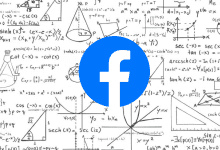

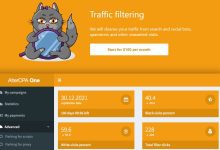


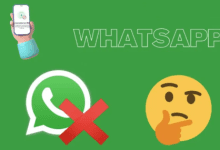
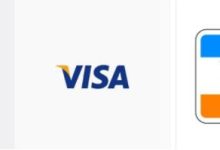
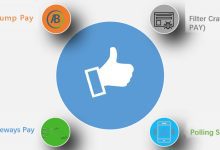
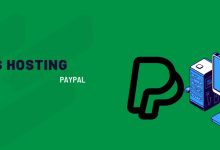


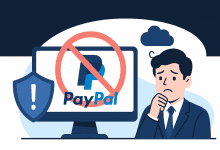



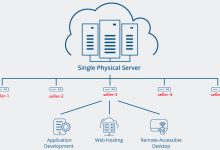


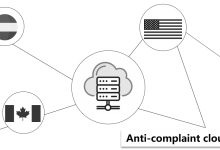




![5 Best WordPress Themes for Replica Product International Trade Websites [Recommended]-Custom E-commerce Solutions for High-Quality Designer-Inspired Fashion Replicas | Website Development, Dropshipping, Payment Integration for PayPal and Stripe, Ad Cloaking Services](https://replicasmaster.com/wp-content/uploads/2025/06/1-1-220x150.jpg)
